






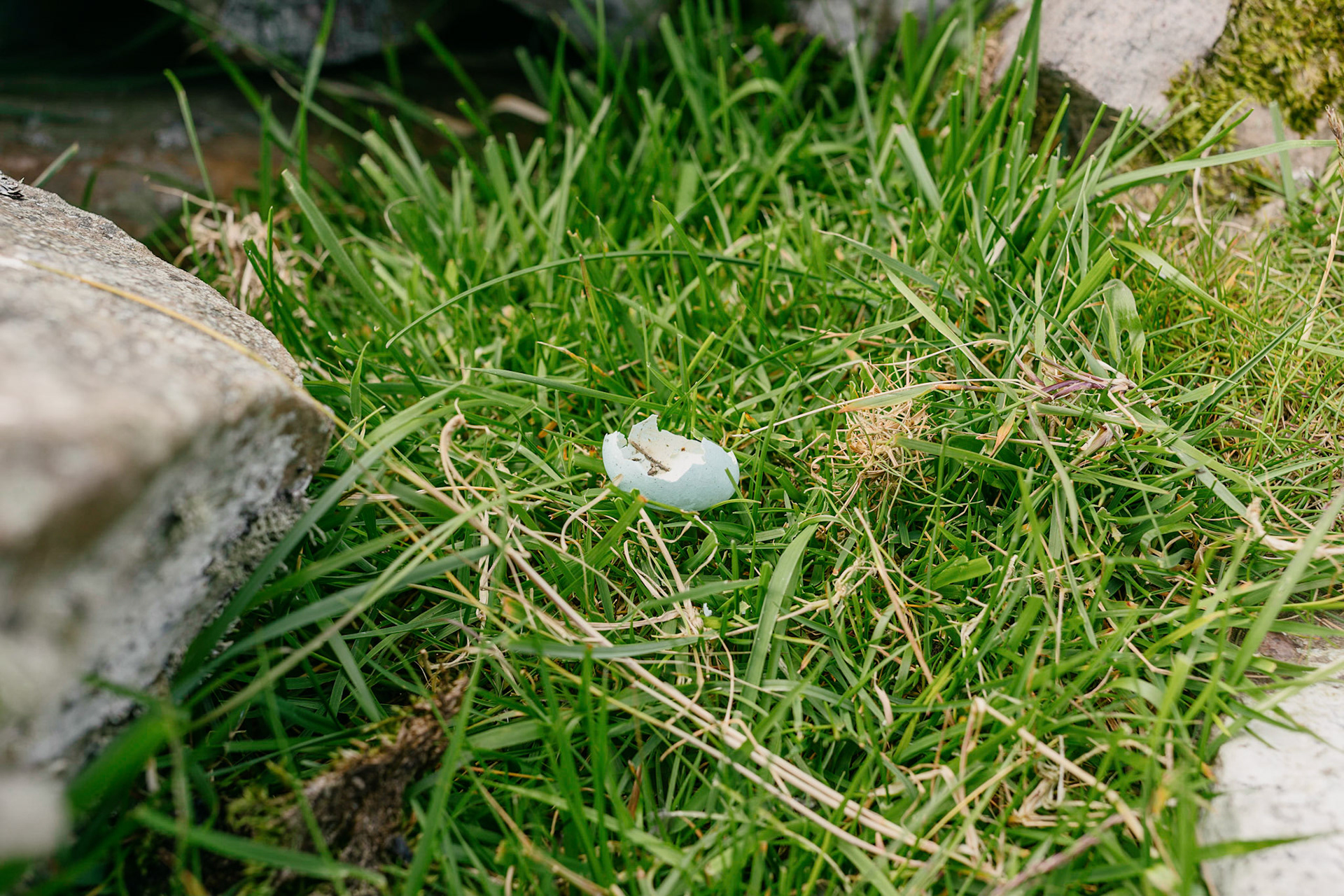
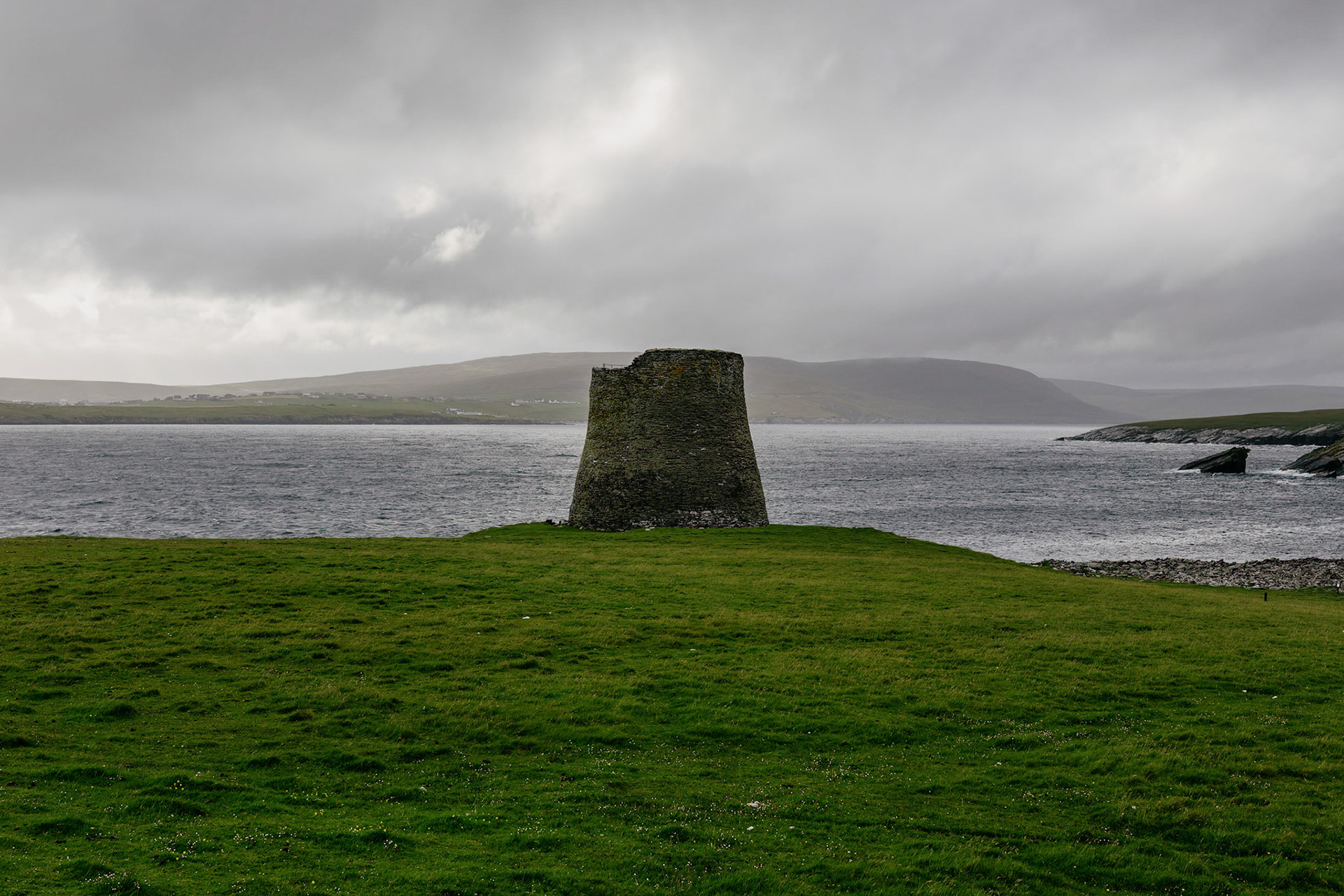







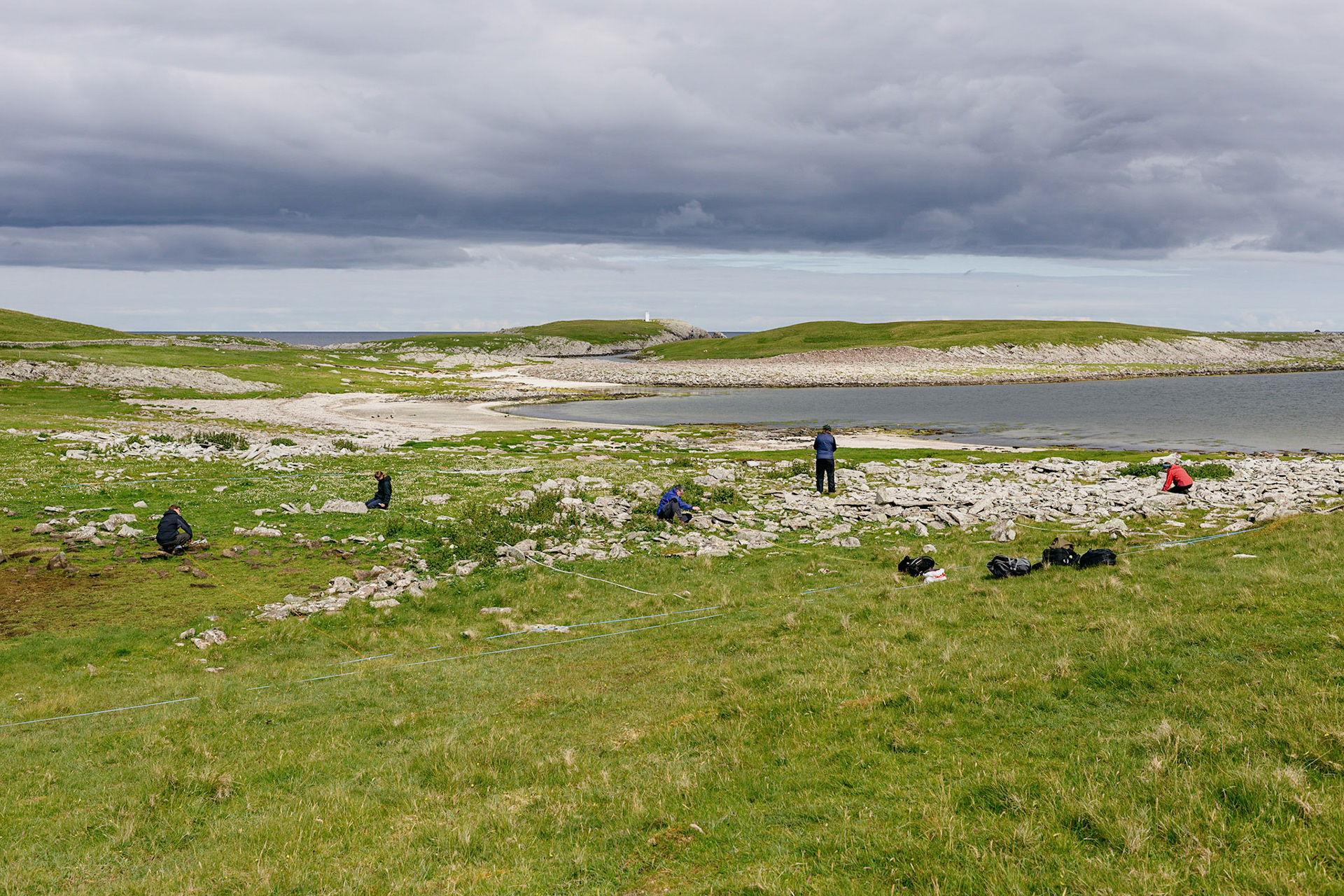





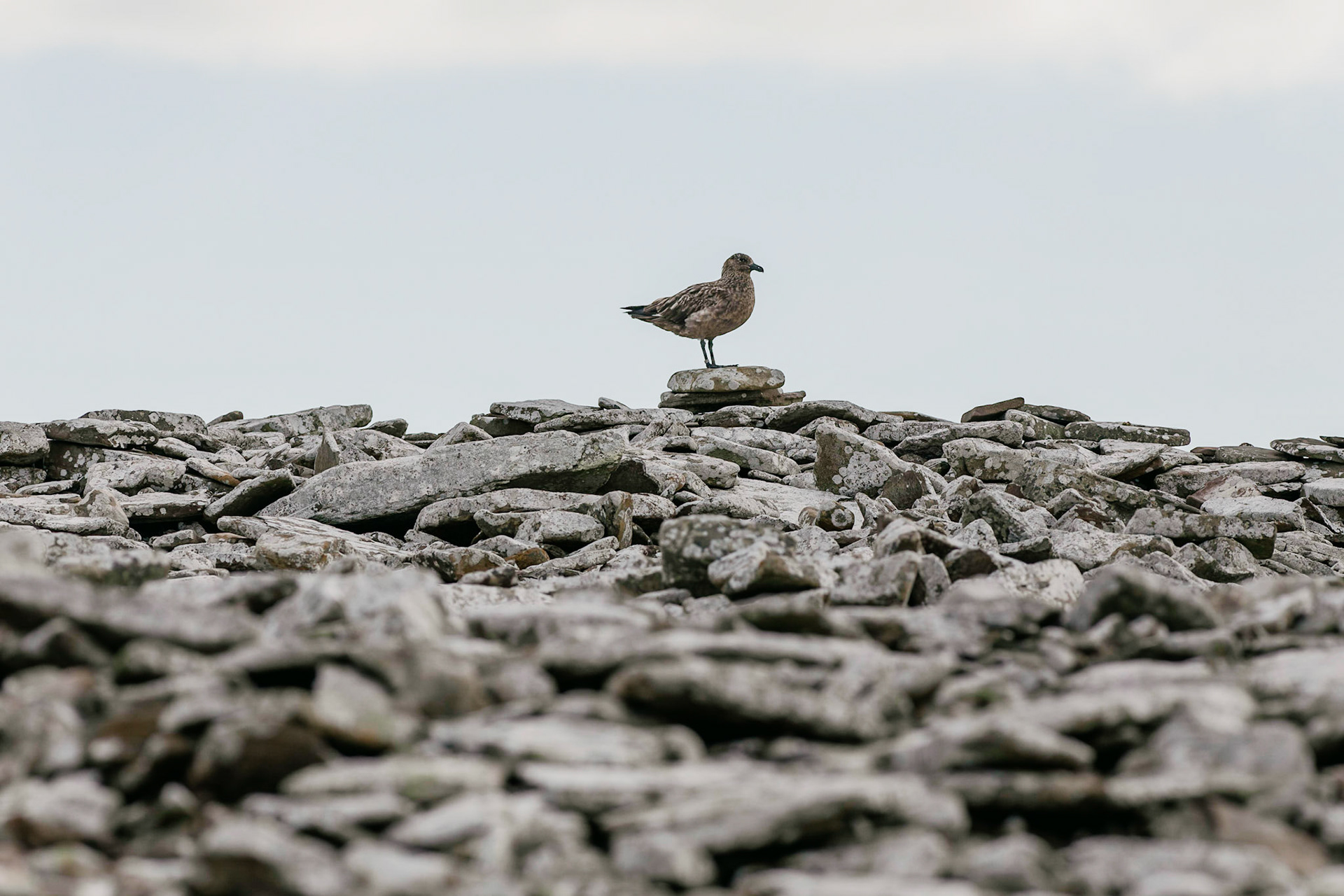


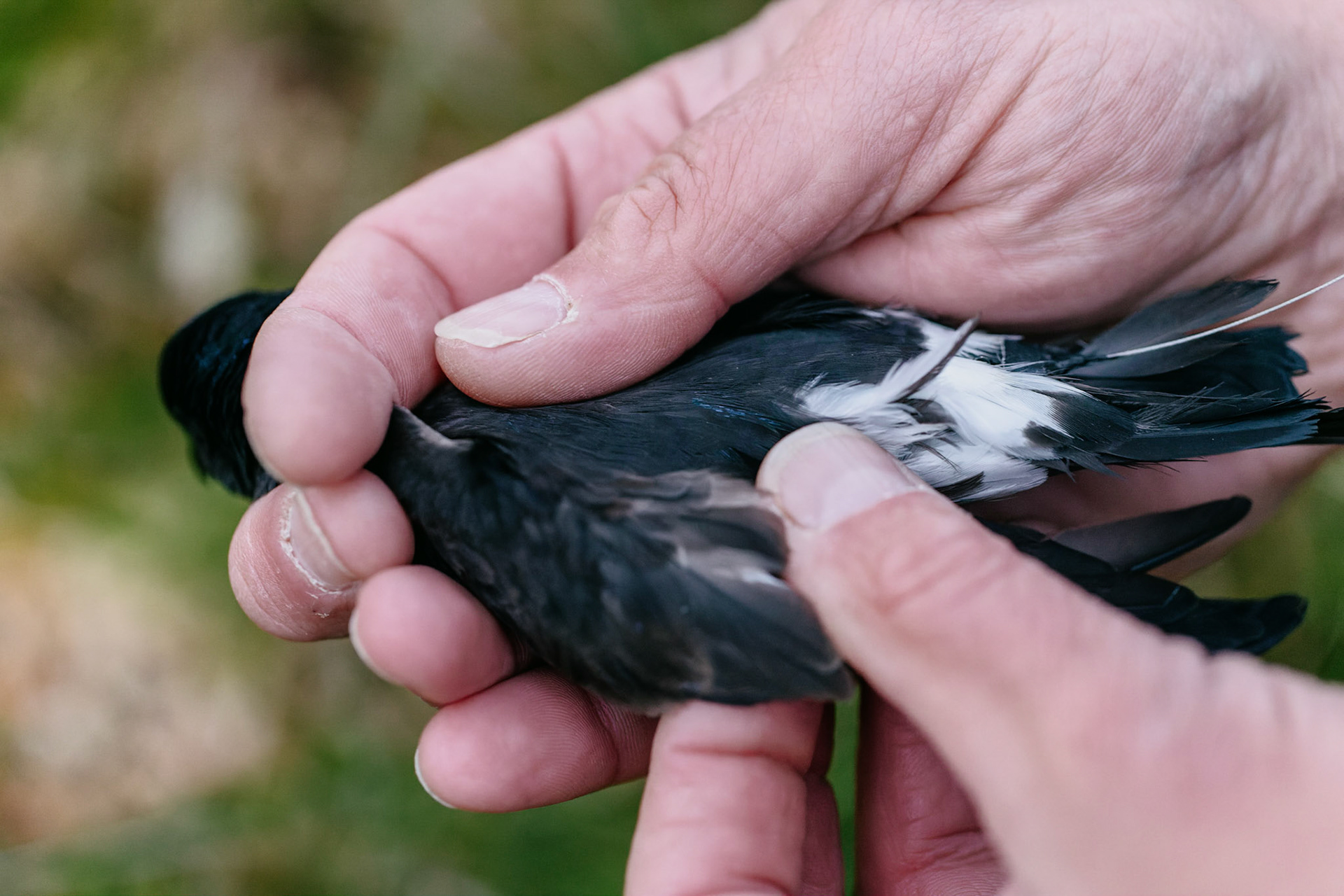

This series follows a group of conservation scientists working for the Royal Society for the Protection of Birds (RSPB), led by Dr Mark Bolton, as they surveyed a population of nesting European storm petrels on an island in Shetland. The title of the series refers to the method of playing bird calls from speakers into holes between rocks - where the birds nest - and waiting for the bird inside to return the call, enabling the counting of birds without disturbing their nests.


























